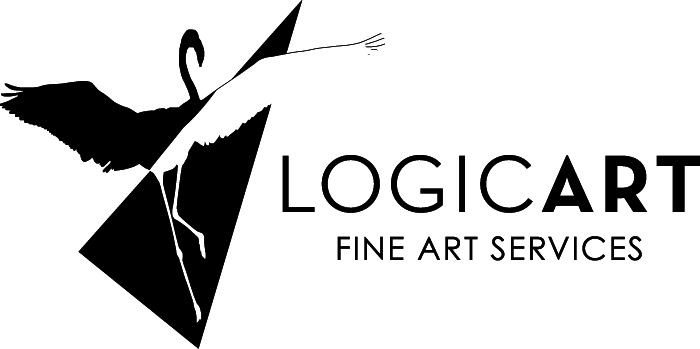Properly caring for your art collection can be a lot of work. It requires tedious inspection and careful documentation to make sure everything is archived and valued for what it’s worth.
Whether you’ve recently acquired a new work, or want to determine the value of your older pieces, there are a variety of factors to consider when caring for your collection. From identifying how much your art is worth, to determining the best way to go about documenting the works you have, these considerations should be thought out and managed with care by a professional.
Be sure to follow these key steps so the process can go as smooth as possible.
Documenting Your Art
Properly documenting your artwork will help keep track of your collection’s contents, but it also provides crucial details about your works. Proper documentation should include a certificate of authenticity, artwork details (the artist name, size of the piece, medium used, and the year it was created), and where the artwork was purchased from, such as through a museum or a private collector.
Spreadsheets can help you stay organized. There are many different types of spreadsheet software to choose from, including Excel, Google Sheets, Numbers, and Microsoft Office 365 that can help keep your documentation information together for easy access when needed.
While it’s important to have written documentation, it’s also essential to have photos of your artwork, as well. Keeping photos of each individual piece and updating them on a regular basis will keep you stay aware of its condition, while additionally flagging any damage or deterioration that may have occurred over time.
It’s a good idea to back up all your documents. Digital files should be saved in multiple locations -- hard drive, iCloud, or thumb drives -- and any hard copies, such as printed photos, should be kept in a space that is secure and is water resistant in case of a flood.
Getting an Appraisal
If a revaluation on your artwork collection hasn’t been done in the last few years, it’s a good idea to get one done. It’s especially smart to do so right before hurricane season. When doing so, be sure to notify your insurance company and ensure all your documentation is up-to-date. For example, if a Damien Hirst piece was worth more than you originally recorded, you need to update that in your database. For insurance and safety purposes, you should stay current on the value of all your artwork.
Since the art market is constantly changing, it’s important to know what your works are currently worth. In order to do so, you’ll need to appraise your artwork. Appraisals should be done periodically and should usually be reported to your insurance company in case any work is lost, damaged, or stolen.
Always use a professional that has experience in appraising artwork. These professionals will not only analyze the piece of the artwork you own, but will go deeper by researching the artist that created it. They will look at the artist’s professional background along with his or her previous sales. Other considerations may include the size and craftsmanship of the piece you own, and determining how it fits within today’s art market.
Proper Care
Caring for your artwork includes preventing damage, and condition reports can help you keep track of your artwork’s care over time. This type of report provides critical details on each artwork after an examination has been conducted, and are usually conducted in two different ways. A surface level condition report may only touch on what is visible to the naked eye. Here, a professional will search for rips, mold, and any other deficiencies affecting the work. More elaborate examinations involve scanning each piece with an ultraviolet light or even taking an x-ray of the artwork.
The price range for condition reports can vary on a case-by-case basis. To have a professional come to you for an on-site examination, the cost can start at $150 an hour and increase if the procedure is more complicated.
Why LogicArt Cares
It’s simple. We believe in passing down our cultural property to that these objects possess our cultural heritage, and caring for their work ensures that millions of viewers will be able to appreciate their importance for years to come.
LogicArt can help by offering professional services to keep your artwork well-preserved and accounted for. Our team of highly-trained professionals strive to keep all art safe and secure, treating every piece with extreme care and expertise. We create a thorough condition report by assessing each piece of art. Each report provided offers a full analysis of the piece so you know it’s current condition and it’s value.
Over the past ten years, LogicArt has worked with many local and global art institutions, caring for anything from museum exhibitions to private collections, and the team is eager to help with your art pieces. We’re happy to work alongside you to create a customized plan for your needs.
